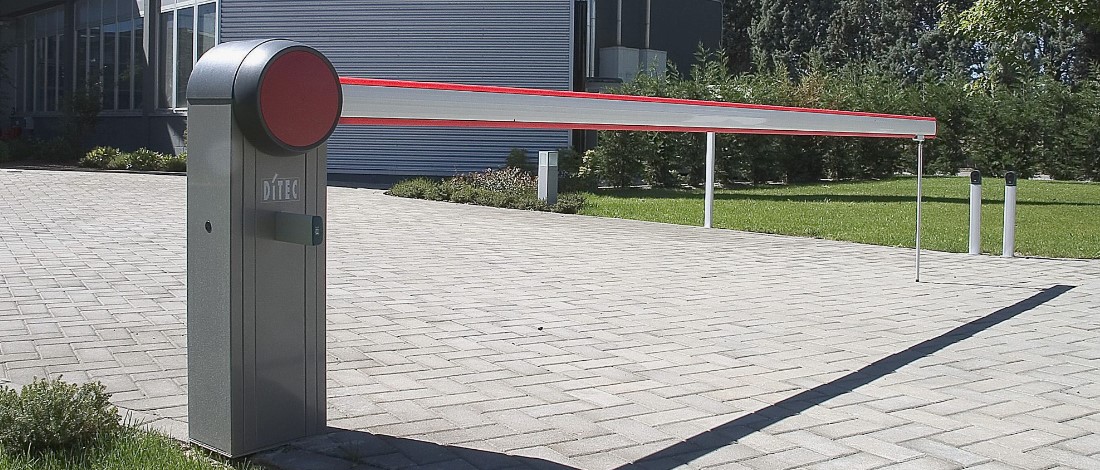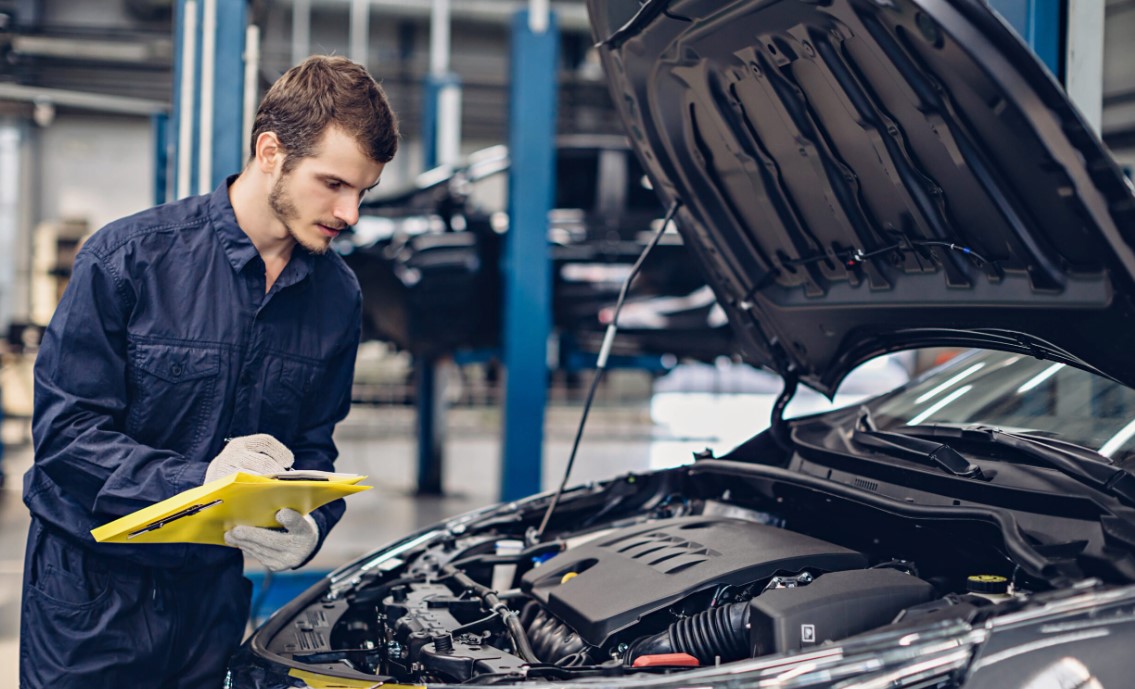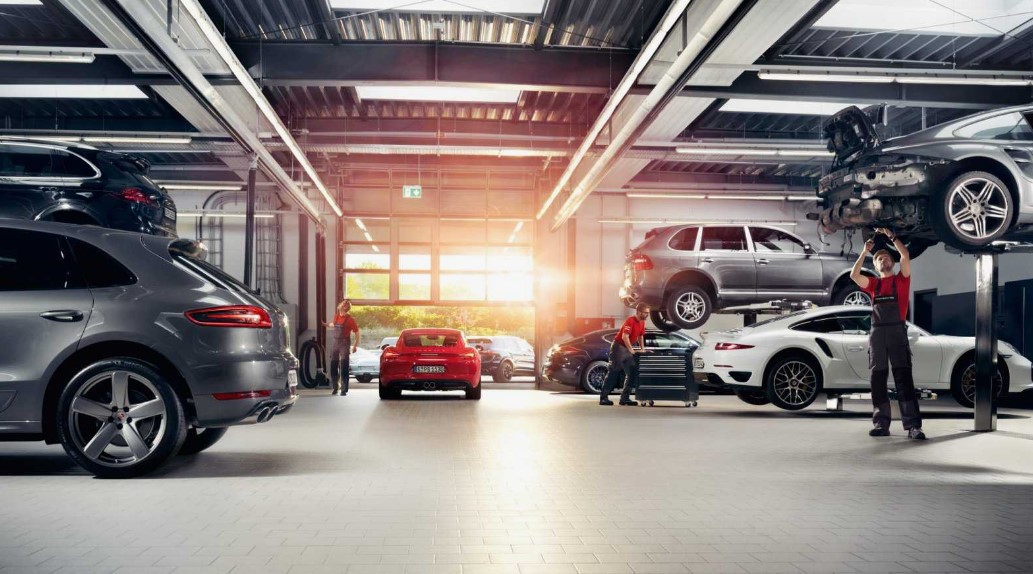Vehicle Sound Barriers: Which One Should You Choose?
Vehicle sound barriers are crucial in mitigating noise pollution in urban environments. These structures are designed to reduce the noise generated by traffic, thereby improving the quality of life for nearby residents. This article comprehensively compares various types of vehicle sound barriers, evaluating their effectiveness, materials, installation processes, maintenance requirements, and cost implications.
Page Content
Types of Vehicle Sound Barriers
Several types of vehicle sound barriers are commonly used, each with advantages and disadvantages. The primary types include concrete barriers, metal barriers, permeable barriers, transparent barriers, and vegetative barriers. Understanding the differences between these options is essential for determining which is best suited for specific applications.
Concrete Barriers
Concrete barriers are widely used for their durability and effectiveness in blocking noise. They are typically constructed from precast concrete panels that are easy to install and maintain. Concrete barriers are highly effective at reflecting sound waves away from the source, making them ideal for high-traffic areas.
Advantages:
- High durability and longevity
- Excellent noise reflection capabilities
- Low maintenance requirements
Disadvantages:
- Heavyweight, requiring substantial support structures
- Potential aesthetic issues, as they can be visually unappealing
- High initial installation costs

Metal Barriers
Metal barriers, often made from aluminum or steel, are another popular choice. These barriers are typically lighter than concrete and can be installed more quickly. Depending on their design and surface treatment, metal barriers can be either reflective or absorptive.
Advantages:
- Lightweight and easy to install
- Versatile design options, including reflective and absorptive surfaces
- It can be designed to be visually appealing
Disadvantages:
- Susceptible to corrosion if not properly treated
- It can produce unwanted reflections if not designed correctly
- It may require more frequent maintenance compared to concrete
Absorptive Barriers
Absorptive barriers are designed to absorb sound waves rather than reflect them. They are typically made from materials such as mineral wool, foam, or specialized acoustic panels. Absorptive barriers are particularly effective in areas where reflected noise could exacerbate the problem.
Advantages:
- Effective at reducing overall noise levels
- Prevents sound reflection, reducing noise in surrounding areas
- It can be combined with other materials for enhanced performance
Disadvantages:
- May have higher maintenance requirements
- It can be more expensive than reflective barriers
- Susceptible to weathering and damage over time
Transparent Barriers
Often made from acrylic or polycarbonate, transparent barriers are increasingly popular in urban areas where visual aesthetics are important. They reduce noise while preserving sightlines and natural light.
Advantages:
- Visually unobtrusive, maintaining sightlines and natural light
- Effective noise reduction capabilities
- Lightweight and easy to install
Disadvantages:
- It can be more expensive than opaque barriers
- Susceptible to scratching and UV damage
- It may require regular cleaning to maintain transparency

Vegetative Barriers
Vegetative or green barriers use plants and trees to reduce noise levels. These barriers can be standalone hedges or combined with other obstacles for added effectiveness. Vegetative barriers offer environmental and aesthetic benefits in addition to noise reduction.
Advantages:
- Environmentally friendly and visually appealing
- Provides additional benefits such as air quality improvement and wildlife habitat
- Can be cost-effective in the long term
Disadvantages:
- Requires regular maintenance, including watering and pruning
- It may take time to become fully effective as plants grow
- Effectiveness can vary depending on plant species and density
Evaluating Effectiveness
The effectiveness of vehicle sound barriers is typically measured regarding their ability to reduce noise levels, usually expressed in decibels (dB). The reduction in noise levels depends on several factors, including the height and length of the barrier, the distance from the noise source, and the type of material used.
Concrete and Metal Barriers:
Concrete and metal barriers are generally very effective at reflecting noise, with typical noise reductions ranging from 5 to 10 dB. Higher reductions can be achieved with taller barriers and optimal placement.
Absorptive Barriers:
Absorptive barriers can achieve similar noise reductions to concrete and metal barriers but with the added benefit of preventing reflected noise. This can be particularly important in densely populated urban areas.
Transparent Barriers:
Transparent barriers can provide noise reductions comparable to concrete and metal barriers, but their effectiveness can be influenced by the material’s thickness and surface treatment.
Vegetative Barriers:
– Vegetative barriers are generally less effective than solid barriers, with noise reductions typically ranging from 3 to 5 dB. However, they can be combined with other barrier types to enhance effectiveness.
Installation and Maintenance
The installation process and maintenance requirements of vehicle sound barriers can vary significantly depending on the type of barrier.
Concrete Barriers:
Due to their weight, installing concrete barriers involves significant groundwork and heavy equipment. However, once installed, concrete barriers require minimal maintenance.
Metal Barriers:
Metal barriers are easier and quicker to install than concrete barriers. However, they require regular inspections and maintenance to prevent corrosion and ensure structural integrity.
Absorptive Barriers:
Installation of porous barriers can be more complex due to the need for precise placement and secure mounting. Maintenance may involve periodic replacement of absorbent materials that degrade over time.
Transparent Barriers:
Transparent barriers are relatively easy to install but require regular cleaning and maintenance to maintain their appearance and effectiveness.
Vegetative Barriers:
Vegetative barriers require careful planning and planting. Maintenance includes regular watering, pruning, and replacing dead or damaged plants.
Cost Implications
The cost of vehicle sound barriers can vary widely depending on the material, installation complexity, and maintenance requirements.
Concrete Barriers:
Concrete barriers have high initial installation costs due to the need for substantial support structures and heavy equipment. However, their low maintenance requirements can make them cost-effective in the long term.
Metal Barriers:
Metal barriers generally have lower initial costs than concrete barriers, but ongoing maintenance costs can add up over time.
Absorptive Barriers:
Absorptive barriers can be more expensive to install and maintain due to the need for specialized materials and regular replacement of absorptive elements.
Transparent Barriers:
Transparent barriers tend to have higher initial costs due to the cost of materials and the need for regular maintenance to preserve their appearance and effectiveness.
Vegetative Barriers:
Vegetative barriers can be cost-effective for initial installation, but ongoing maintenance costs can be significant.
Environmental Considerations
Environmental impact is an important consideration when choosing vehicle sound barriers. Different types of barriers have varying environmental effects.
Concrete and Metal Barriers:
Concrete and metal barriers have a higher environmental impact due to the energy-intensive manufacturing processes and the materials used. However, their durability can offset some of these impacts over their long lifespans.
Absorptive Barriers:
Absorptive barriers can have a moderate environmental impact, particularly if they use synthetic materials. Choosing eco-friendly materials can help reduce this impact.
Transparent Barriers:
Transparent barriers, particularly those made from acrylic or polycarbonate, can have a higher environmental impact due to the production processes and potential for UV degradation. Recycling and proper disposal are important considerations.
Vegetative Barriers:
Vegetative barriers are the most environmentally friendly option, providing additional benefits such as improved air quality, carbon sequestration, and habitat creation.
Conclusion
Choosing the perfect vehicle sound barrier involves taking various factors into account. These factors include the functionality, installation, maintenance process, expenses, and environmental impact.
The choice of a suitable sound barrier should be based on a thorough assessment of the specific needs and conditions of the area that requires protection. When decision-makers carefully consider the advantages and disadvantages of each option, they can select the solution that effectively minimizes vehicle noise and improves residents’ overall quality of life.


